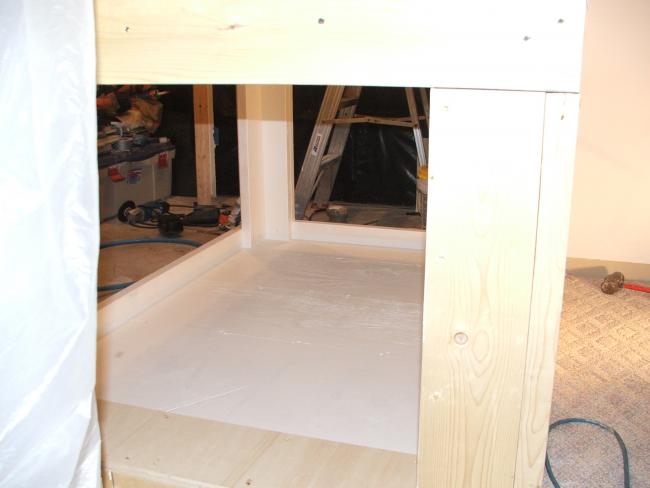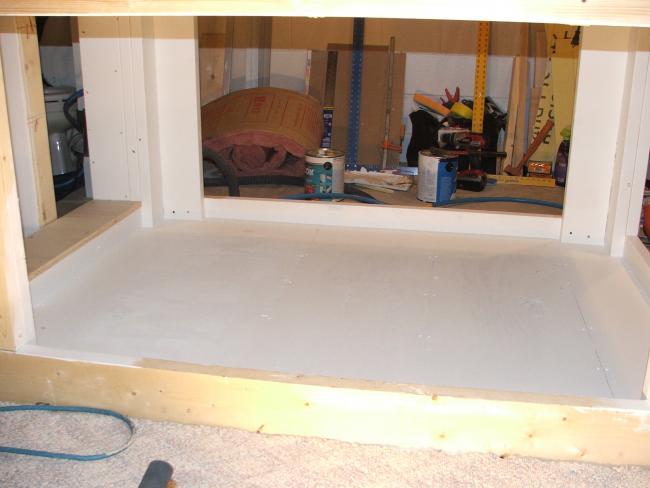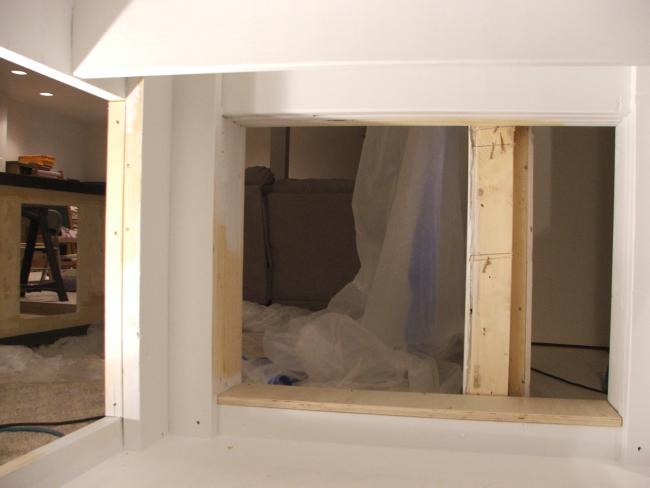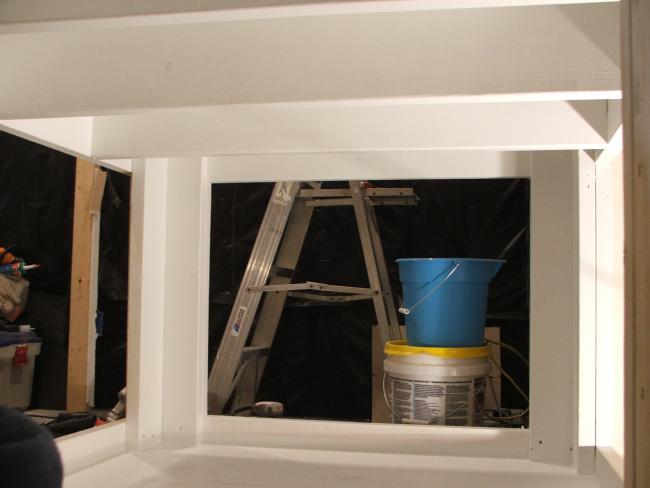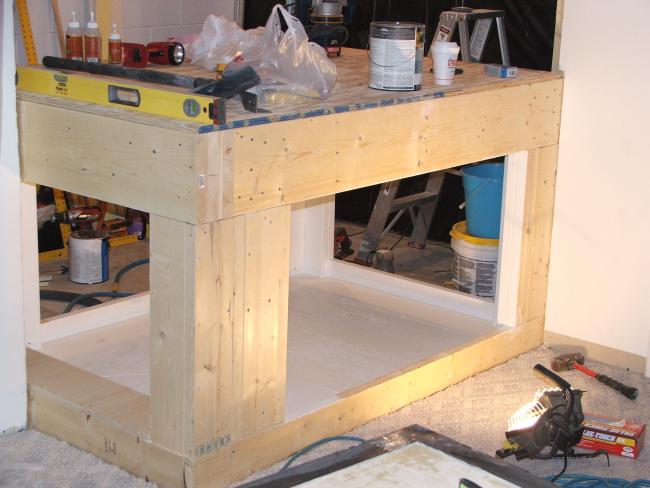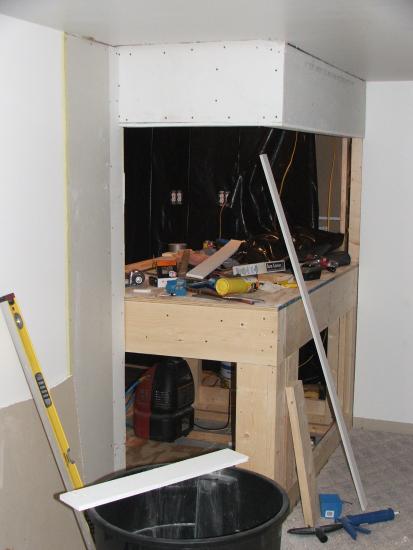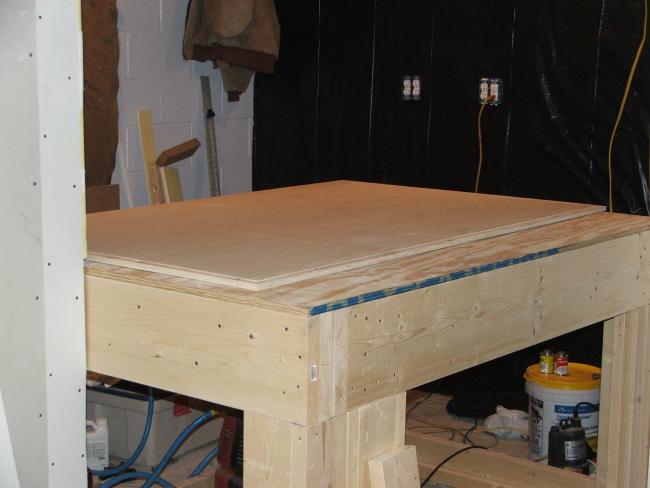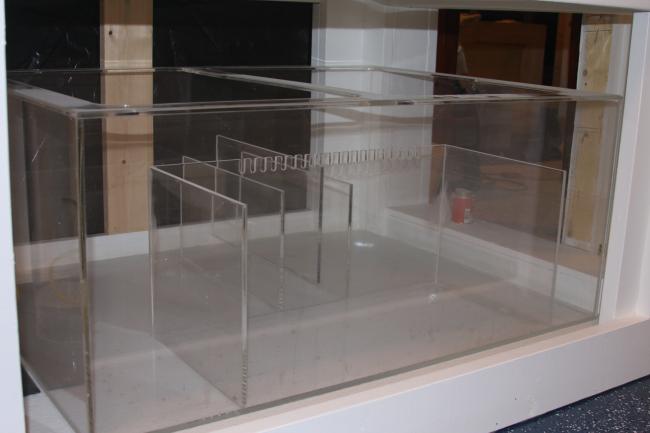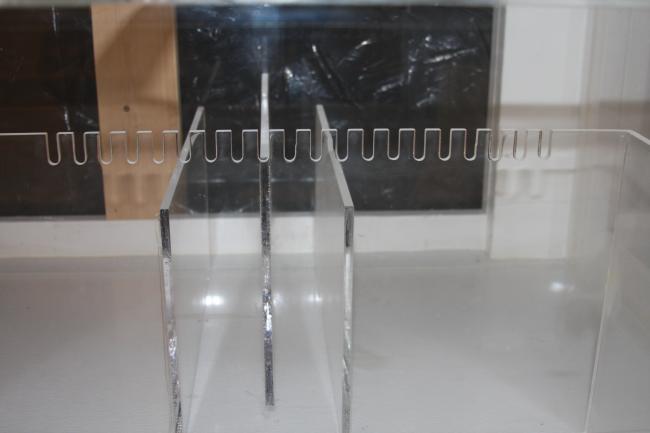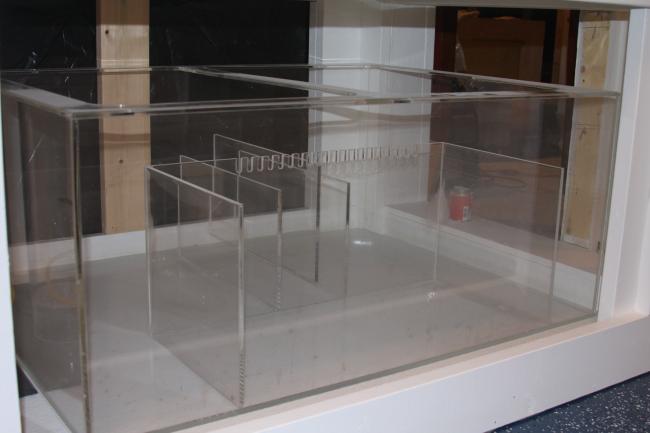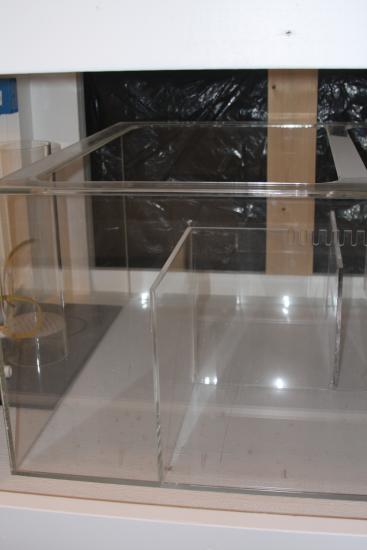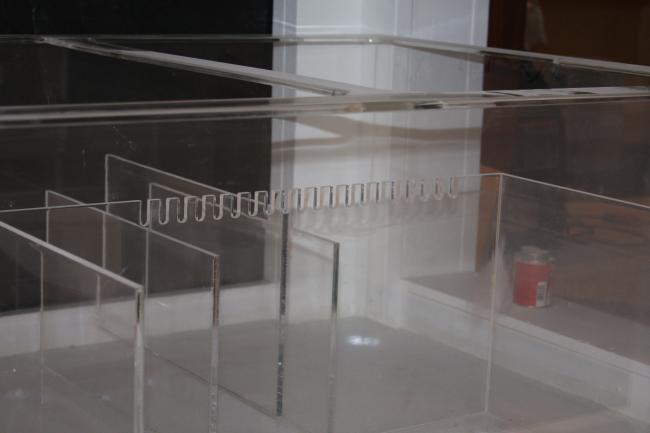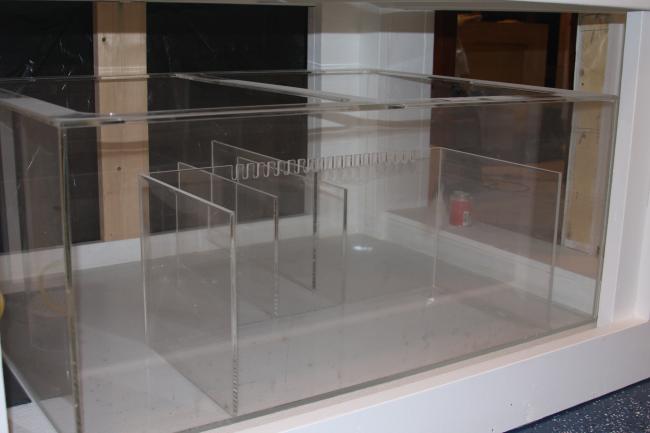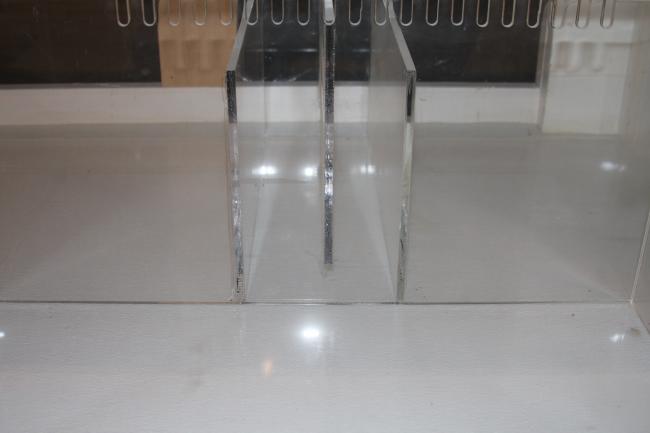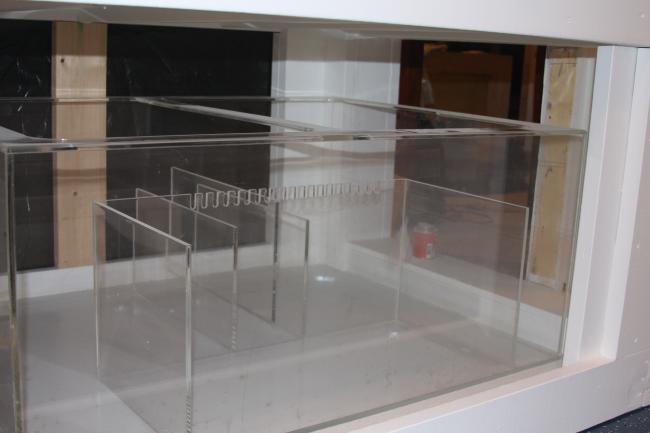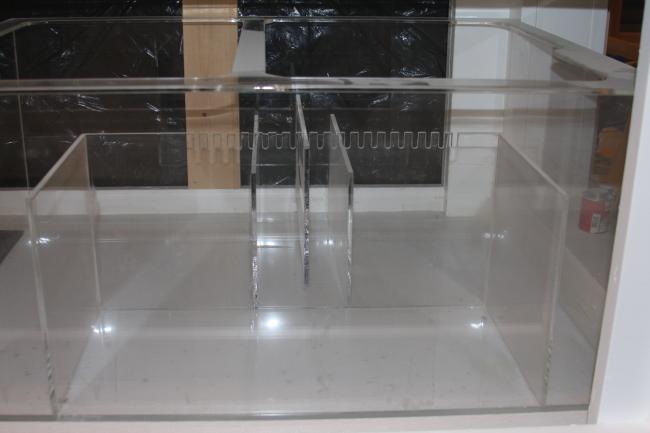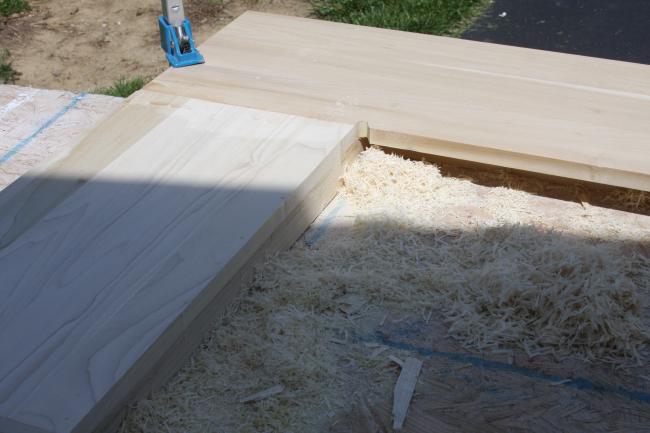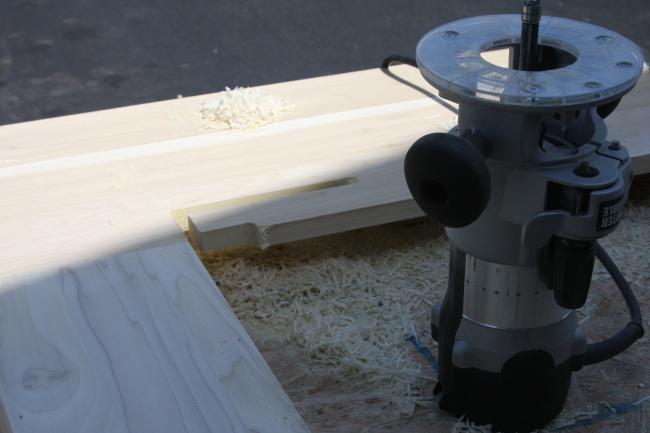Stdreb27 I think AFCI breakers would be a better choice in using vs using the GFCI. Alittle insight on them......
An Arc Fault Circuit Interrupter (AFCI) is a circuit breaker designed to prevent fires by detecting a non-working (i.e., non-intended/non-useful) electrical arc and disconnect power before the arc starts a fire. An AFCI should, but does not always, distinguish between a working arc that may occur in the brushes of a vacuum cleaner, light switch, or other household devices and a non-working arc that can occur, for instance, in a lamp cord that has a broken conductor in the cord from overuse. Arc faults in a home are one of the leading causes for household fires.
AFCIs resemble a GFCI/RCD (Ground-Fault Circuit Interrupt/Residual-Current Device) in that they both have a test button, although it is important to distinguish between the two. GFCIs are designed to protect against electrical shock, while AFCIs are primarily designed to protect against arcing and/or fire.
* 1 Electrical Code Requirements
* 2 Limitations
* 3 Interference with power line networking
* 4 External link
The AFCI is intended to prevent fire from arcs. AFCI circuit breakers are designed to meet one of two standards as specified by UL 1699: "branch" type or "combination" type (note: the Canadian Electrical Code uses different terminology but similar technical requirements). A branch type AFCI trips on 75 amperes of arcing current from the line wire to either the neutral or ground wire. A combination type adds series arcing detection to branch type performance. Combination type AFCIs trip on 5 amperes of series arcing. Advanced electronics inside an AFCI breaker detect sudden bursts of electrical current in milliseconds, long before a standard circuit breaker or fuse would trip. A "combination AFCI breaker" will provide protection against
1. Parallel arcing (line to neutral).
2. Series arcing (a loose, broken, or otherwise high resistance segment in a single line)
3. Ground arcing (from line, or neutral, to ground)
4. Overload protection (for resistance loads such as heaters. inductive loads such as motors may require additional overload protection)
5. Short circuit protection
AFCIs are designed to protect against fires caused by electrical arcing faults. However, they provide no specific protection against "glowing" connections, excess current, high line voltages, or low line voltages.
Glowing connections occur when relatively high electric current exists in a relatively large resistance. Heat comes from power dissipation. Power (in watts, symbol W) equals the current (in amperes, symbol A) squared, multiplied by the resistance (in ohms, symbol Ω

. For example, a 60 watt lamp operating on a 120 V circuit draws 1/2 ampere of current. An 1800 watt space heater on a 120 V circuit draws up to 15 amperes. If a bad wiring junction in a circuit has a resistance of 1 ohm, then a 60 W lamp will cause it to dissipate 0.25 watt of power (0.5 A * 0.5 A * 1 Ω

. In contrast, an 1800 W heater could theoretically cause the bad wiring junction to dissipate 178 watts (13 A * 13 A * 1 Ω

. Note that the current is less than 15 A because of the combined resistance of the heater plus the bad wiring junction. This energy, dissipated in a small junction area, can generate temperatures above 1000 degrees Celsius. Those temperatures can ignite most flammable materials. Bad wiring junctions can occur in utilization equipment, cords, or premise wiring (especially in defective switch, socket, plug, or wire connection, even at circuit breaker or fuse panels). High resistance junctions are commonly observed in improperly terminated aluminum wire junctions. No technology located in a circuit breaker or fuse panel could detect a high-resistance wiring fault, as no measurable characteristic exists that differentiates a glow fault from normal branch circuit operation. Power Fault Circuit Interrupters (PFCI) located in receptacles are designed to prevent fires caused by glowing connections in premise wiring or panels. From the receptacle, a PFCI can detect the voltage drop when high current exists in a high resistance junction. In a properly designed circuit, substantial voltage drops should never occur. Proper wire terminations inside utilization equipment (e.g. appliances, lamps, heaters) and cords prevent high-resistance connections that can lead to fires.
Excess current can heat entire lengths of wire. Thermal circuit breakers are designed to protect against excess current through the permanent circuit wiring. However, excess current through the smaller wires in utilization equipment can exist, at levels below the trip thresholds of a circuit breaker. Overload fault circuit interrupters (OFCI) are designed to protect against excess current drawn by utilization equipment. OFCIs must be located within receptacles.

 Right now the room stays about 40-50% humidity. With a large body of water in this confined area and many others with tanks as big and bigger will confirm that humidity is and will be an issue that is a big problem with a big setup, and looking for other ideas besides air handlers.....I've tried used regular bath exhaust fans on my 240 setup in the garage and definitely not enough.....I went the window AC route there along with my 1HP chiller.....Simple bath exhaust didn't even come close to keeping the room cool enough. I do agree cooler air holds less water as warmer air.....
Right now the room stays about 40-50% humidity. With a large body of water in this confined area and many others with tanks as big and bigger will confirm that humidity is and will be an issue that is a big problem with a big setup, and looking for other ideas besides air handlers.....I've tried used regular bath exhaust fans on my 240 setup in the garage and definitely not enough.....I went the window AC route there along with my 1HP chiller.....Simple bath exhaust didn't even come close to keeping the room cool enough. I do agree cooler air holds less water as warmer air.....


